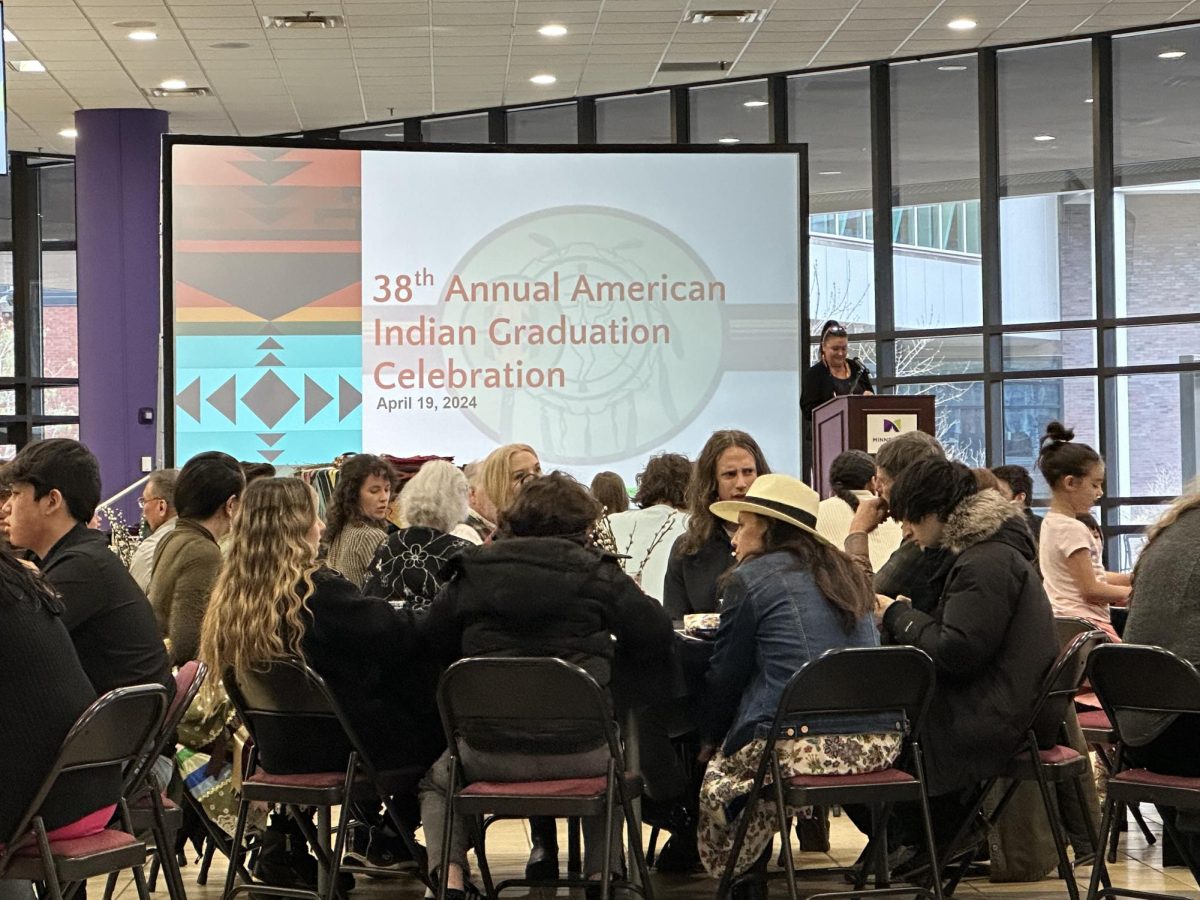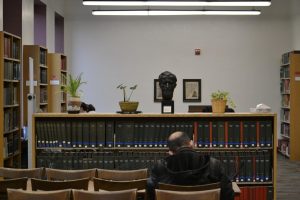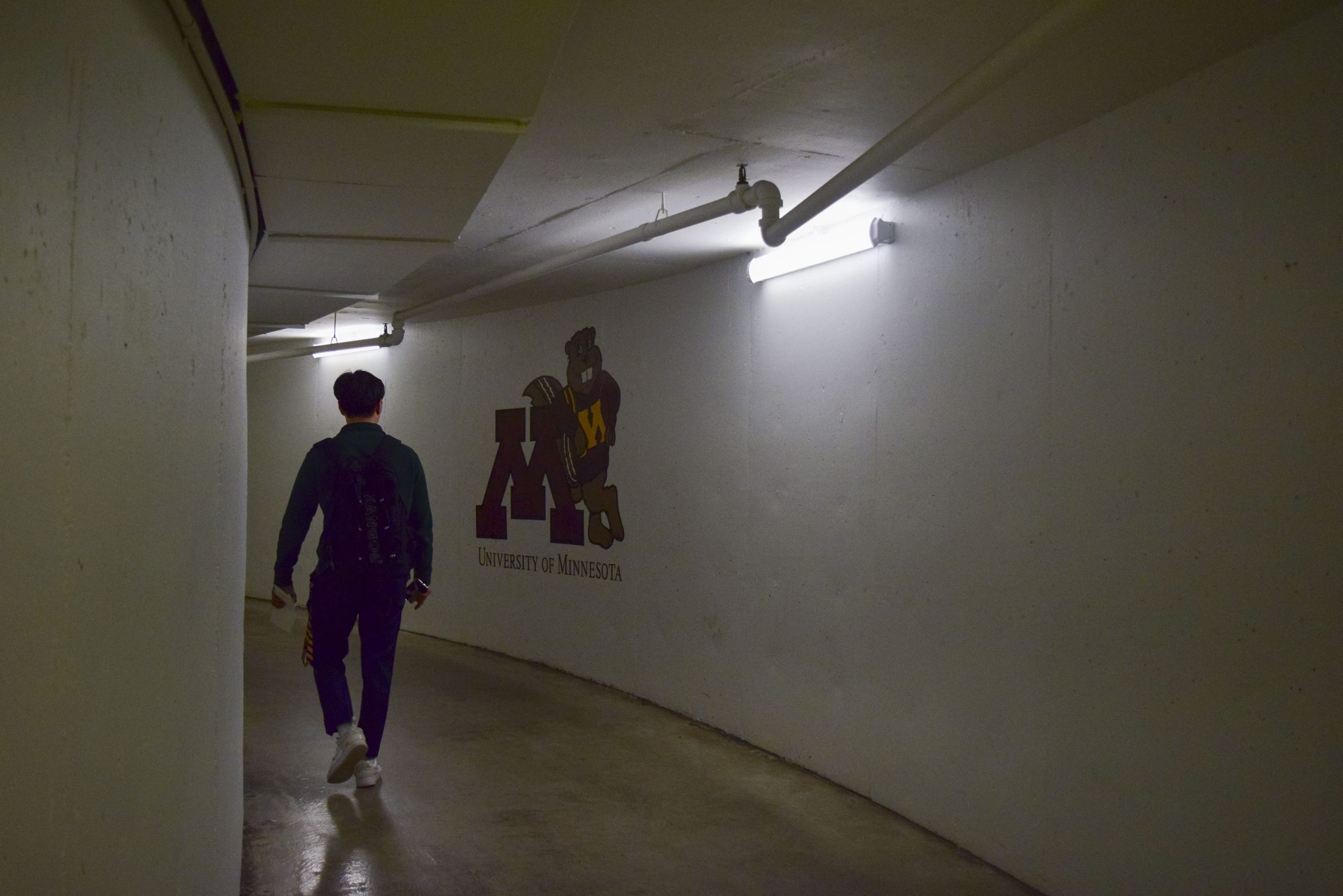LONDON (AP) — Two fragments of circuit board — each smaller than a fingernail and both recovered from an area more than twice as large as New York City — helped investigators track down suspects in the 1988 bombing of Pan Am Flight 103.
But more than seven years later, the suspects are still at large, and some doubts persist about whether they really are to blame.
The painstaking, often frustrating pursuit of clues and suspects in the downing of the Pan Am jumbo jetliner over Lockerbie, Scotland, illustrates the kind of detective work — and patience — that will be needed to determine why TWA Flight 800 exploded July 17, and who was responsible.
It took Lockerbie investigators only three weeks to recover one of the circuit board fragments, but they spent nearly two years analyzing other evidence.
The TWA investigation is even more difficult because it was over water, and wreckage is 100 feet below the surface.
Even more daunting for investigators was the 1985 terrorist bombing of an Air India Boeing 747 which crashed about 100 miles off the coast of Ireland, killing all 329 aboard. The plane plunged into water 6,700 feet deep. Bodies and wreckage were never recovered.
“When things are recovered, the forensic advantages are enormous — because as in Pan Am 103, you can make a very precise link as to the origins of a device, where it was made, who purchased it, and how it got on the plane,” said Bruce Hoffman, director of the Center for the Study of Terrorism and Political Violence at St. Andrew’s University in Scotland.
Flying at 31,000 feet on the night of Dec. 21, 1988, the Pan Am plane suddenly went from a single radar blip to four blips, then 10, then hundreds. Debris fell over Lockerbie and across the north of Scotland, as far as 70 miles away.
First, rescue workers searched for the 243 passengers, 16 crew, and 11 Lockerbie residents who died. Some were found in trees, others lying spread-eagled in mud. A rescue worker said one woman she reached had a pulse, but it was gone 10 minutes later.
Scottish police spent months searching 845 square miles of fields, forests, lakes and towns for pieces of the aircraft and its cargo, and were still finding things a year after the disaster.
By the first anniversary, Scottish detectives had visited 13 countries, collected more than 35,000 photographs, compiled 12,700 name cards and taken more than 15,000 statements.
A forward section of the fuselage within 30 feet of the blast center was painstakingly reconstructed by the Department of Transport’s Air Accidents Investigation Branch, which spent 21 months analyzing shards of the fuselage, the aluminum luggage containers and some of the suitcases inside.
Two luggage containers from a forward hold showed blast damage and soot consistent with an explosion, investigators said during the official inquiry in 1990.
A buckled piece of the aircraft’s skin was found during reconstruction of one of the containers. Inside the skin was a circuit board fragment from a Toshiba radio cassette recorder, which investigators said had been packed with 10 to 14 ounces of plastic explosive.
Specimens from the wreckage showed evidence of two types of chemicals used to manufacture Semtex, the colorless, odorless plastic explosive made in former Czechoslovakia, said Alan Faraday, head of the Forensic Explosives Laboratory at the Royal Armament Research and Development Establishment.
A circuit board fragment smaller than a fingernail was found in a piece of shirt that had been in the suitcase, and scientists determined it to be part of the bomb’s timing device. The device was traced to a Swiss manufacturer, Meister et Bollier of Zurich, known as MEBO AG.
Scottish and U.S. investigators said the company had custom-made 20 of these MST-13 timers for the Jamahirya Security Organization, the Libyan intelligence service, in 1985.
The FBI said similar timing devices were used in a 1986 attempt to blow up the U.S. Embassy in Togo and in triggering devices carried by two Libyans arrested at Dakar airport in Senegal in 1988.










